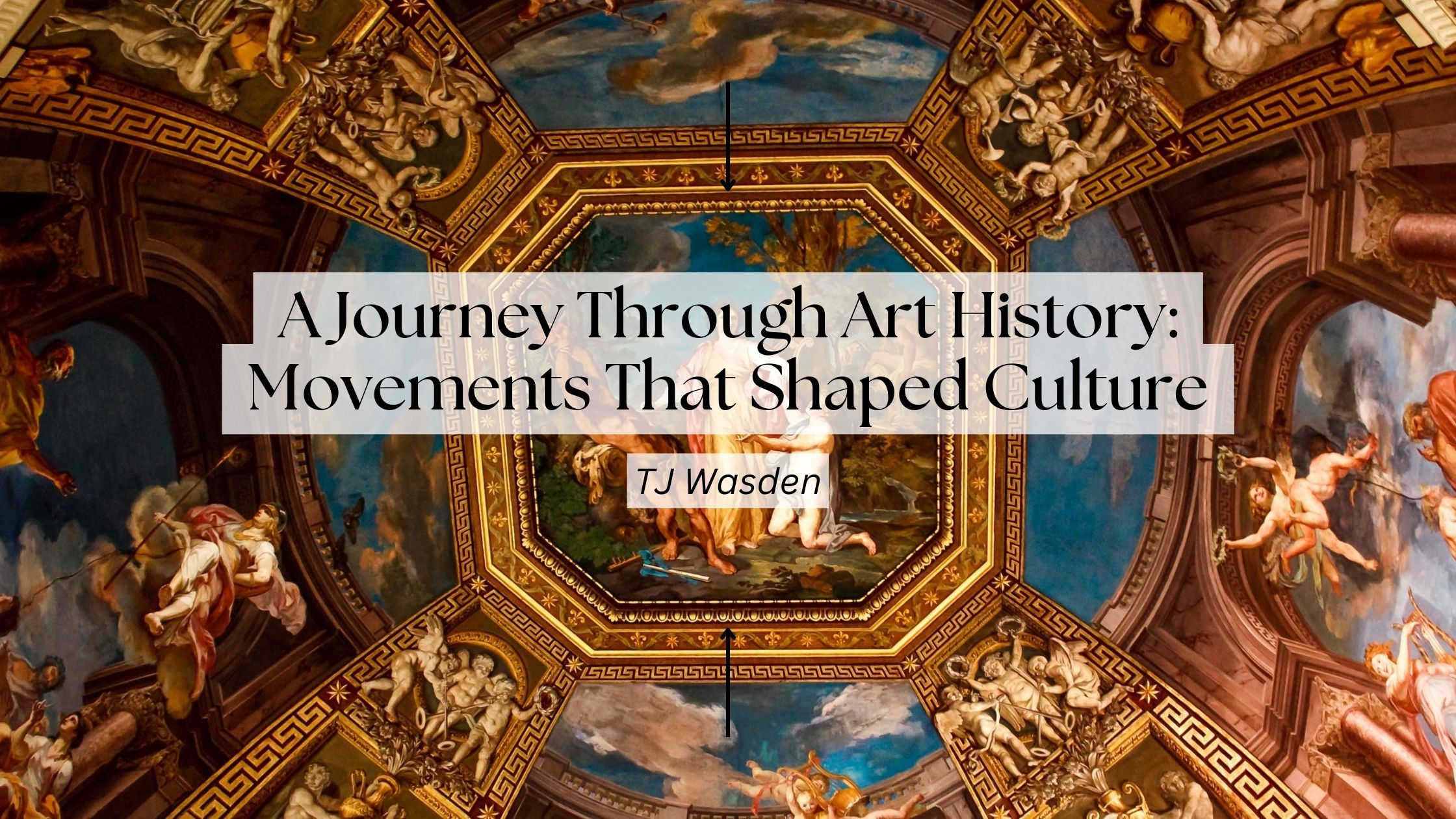
Art history is a journey through time, offering a window into the evolution of human culture, beliefs, and creative expression. Over the centuries, various art movements have emerged, each with distinct characteristics and societal influences.
In this article, we’ll journey through art history, exploring key movements that have shaped culture and left an indelible mark on art.
Renaissance (14th to 17th century):
The Renaissance saw a resurgence of interest in ancient Greek and Roman aesthetics. This movement, which began in Italy, emphasized humanism, scientific exploration, and a revival of realistic representation in art.
Baroque (17th to early 18th century):
The Baroque era was characterized by dramatic, elaborate, and emotionally charged artworks. This movement sought to evoke powerful emotions and employed rich, ornate details.
Romanticism (late 18th to mid-19th century):
Romanticism rebelled against the rationalism of the Enlightenment, emphasizing emotion, imagination, and nature. Artists like Eugène Delacroix and Caspar David Friedrich depicted dramatic landscapes and emotional scenes, reflecting the era’s fascination with the sublime and the exotic.
Impressionism (late 19th century):
By emphasizing the effects of light and the capture of transitory moments, impressionism changed the field of art. Artists like Claude Monet, Pierre-Auguste Renoir, and Edgar Degas painted scenes of everyday life with loose brushwork and a vibrant palette.
Cubism (early 20th century):
Georges Braque and Pablo Picasso established cubism, which challenged conventional ideas of representation. It fragmented objects and figures into geometric forms, offering multiple perspectives within a single composition.
Surrealism (1920s to 1930s):
Surrealism explored the realm of dreams, the subconscious, and the irrational. Artists like Salvador Dalí and René Magritte created enigmatic, dreamlike imagery that challenged conventional reality. Surrealism had a profound influence on literature and film as well.
Abstract Expressionism (mid-20th century):
Abstract Expressionism was characterized by non-representational, gestural painting. Jackson Pollock and Willem de Kooning, among others, emphasized the act of painting by utilizing strong, impulsive strokes to emote and exude energy.
Pop Art (1950s to 1960s):
Pop Art celebrated popular culture and consumerism, incorporating everyday objects and imagery into artworks. Irony and satire were utilized by artists like Andy Warhol and Roy Lichtenstein to comment on the commercialisation of art and society’s fixation with material items.
Minimalism (1960s):
Minimalism embraced simplicity and reduction to essential elements. Artists like Donald Judd and Dan Flavin created minimal, geometric sculptures and installations, emphasizing the purity of form and the viewer’s interaction with space.
Contemporary Art (late 20th century to present):
Contemporary art is a diverse and ever-evolving landscape characterized by experimentation, multimedia, and a global perspective. A
The history of art is a journey filled with diverse movements that have shaped culture, challenged conventions, and offered new ways of seeing and understanding the world. Each movement reflects the zeitgeist of its time, from the humanism of the Renaissance to the abstraction of the 20th century.
